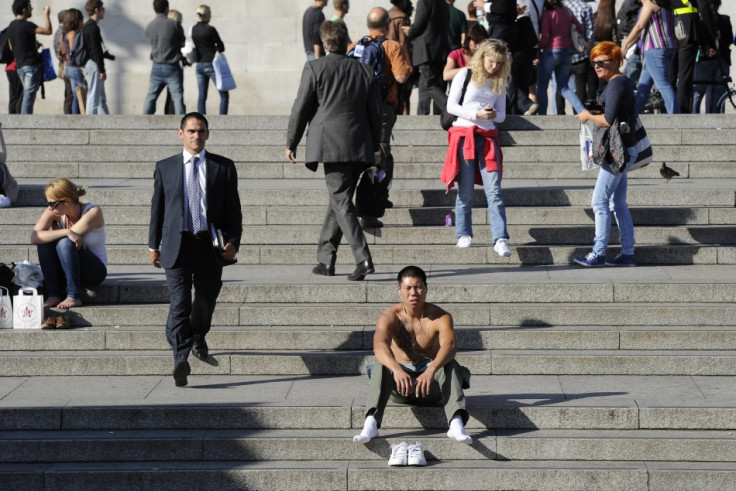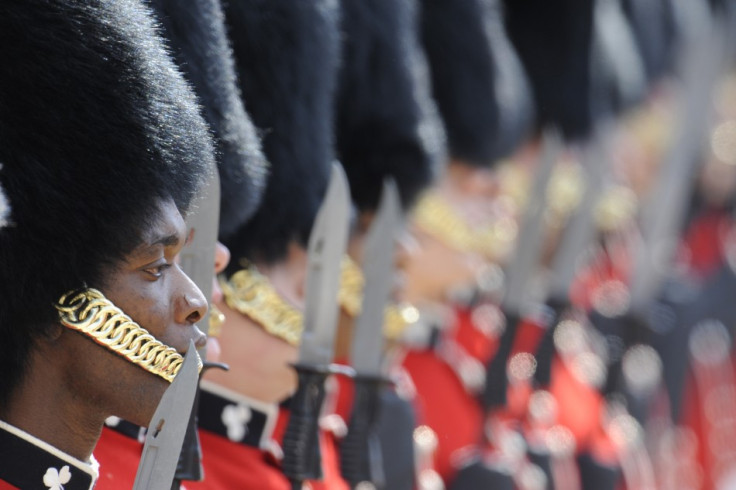Great British Class Survey Lists Seven Socio-Economic Classes in UK
The Great British Class Survey has thrown up an interesting result - the traditional socio-economic division of working, middle and upper classes is no longer applicable today. Instead, society now recognises as many as seven groups, each identified and affected by social, economic and cultural indicators.
These range from the (traditional) elite to the newly-formed Precariat - an amalgamation of the word "precarious" and the Marxist term "proletariat".

According to the survey, only 39 percent of the UK population today fit into one of the three older categories, making the need for a more contemporary classification urgent. And a survey of the new classes was carried out by Mike Savage from the London School of Economics and Fiona Devine from the University of Manchester.
"We devised a new way of measuring class, which doesn't define class just by the job that you do, but by the different kinds of economic, cultural and social resources or 'capitals' that people possess," the researchers explained.
And, as per the results of the survey, which is believed to have registered over 160,000 responses, these are the new classes:
Elites - Recognised as the most privileged class and constituted of people earning an average annual income £89,000. Members, usually, are educated in the country's top schools and colleges and work as barristers, chief executives and dentists. They have, predictably, very high levels of all three forms of capital.
Established Middle Class - Generally earn about £47,000 every year but tend to be more socially active and accepting than the elites and willing to interact with different groups and classes. The established middle class constitute about 25 percent of the population and they too have high levels off all three capitals, although not as high as the elites.

Technical Middle Class - A new category and constituting only six percent, so far, of the population, this emerging group of researchers, pilots and pharmacists tend not to be as socially interactive as the established middle class and are, possibly, defined by an affinity to social media streams. They possess high levels of economic capital but not much cultural or social capital.
New Affluent Workers - Have an annual income of £29,200 and constitute 15 percent of the population. They are characterised as being submerged in culture - sporting events, music concerts, etc. and proficient in the use of social media, meaning they have high cultural and social capital but low economic capital.
Emergent Service Workers - Tend to be arts graduates and work as care-workers, nurses and musicians with an average annual income of £21,000. Low economic capital is compensated by high levels of social and cultural capital. The average age is the youngest of all classes and stands at 34. A fifth of the UK's population is believed to be in this category.
Traditional Working Class - Characterised by average annual income of approximately £13,000, this group is believed to be the oldest, on average, of all the groups and tend to live in the old industrial towns of Scotland and Wales.
Precariat - The new class at the bottom of the hierarchy, they are unfortunately characterised by extremely poor levels of all three forms of capital and tend to have an average annual income of £8,000. They tend to interact among themselves and work as drivers, shop cashiers and cleaners.
The detailed results of the research's findings have been published in the journal Sociology and were presented at a meeting of the British Sociological Association.
© Copyright IBTimes 2025. All rights reserved.





















